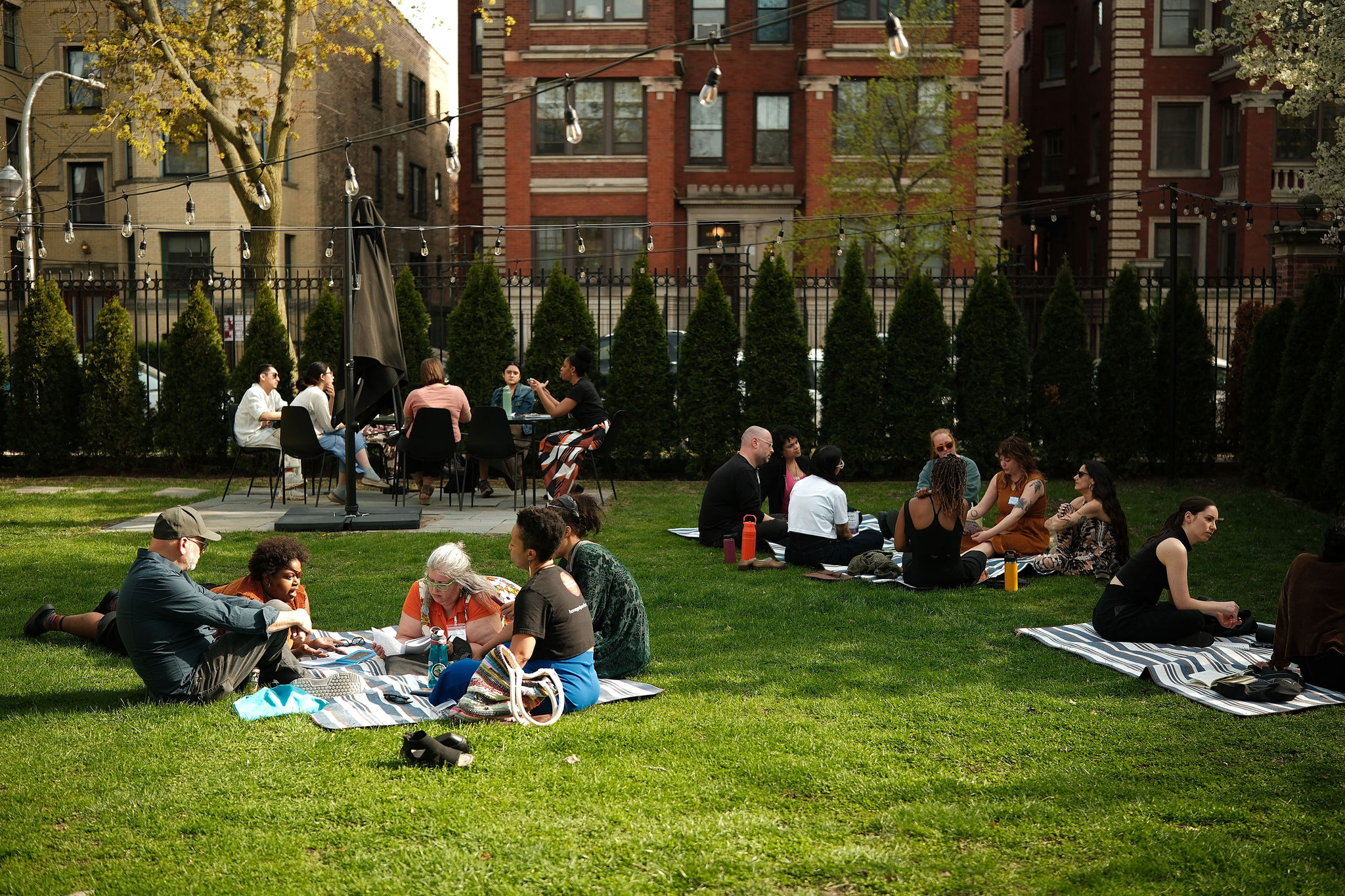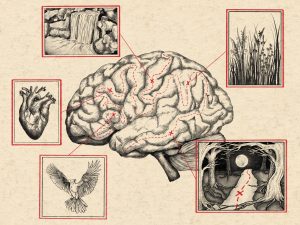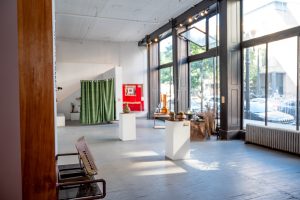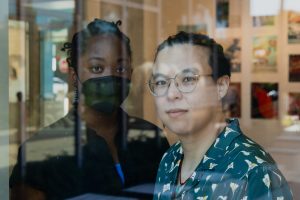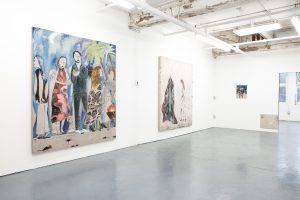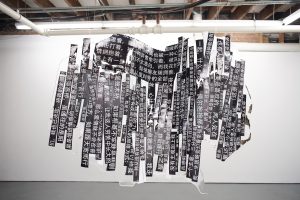
To read this article in Spanish, click here.
On a crisp, bright day in April, I joined dozens of artists, writers, publishers and arts administrators from the farthest corners of the Midwest to gather on the green lawns and indoor meeting rooms of Haymarket House in Chicago. You could feel the unshakeable delight of the weather changing and the electric, creative spirit moving through the breeze. Over the next two and a half days, we sprawled out next to each other on picnic blankets and filled the building’ with laughter and rich conversation.
Throughout our time together, the energy of the group ebbed and flowed from the intensity of a community organizing meeting to the playfulness of a family kickback
Sixty Inches From Center’s first Midwest Arts Writers Convening furthered previous efforts to build coalitions and create deeper support networks for arts writers and cultural publications across the Midwest. The programming focused on cultural preservation and liberatory practices that position arts writing and publishing at the intersections of archives, community organizing, and advocacy. For hours, a group of casual acquaintances engaged in a practice that’s quickly become rare in our culture—listening—and ultimately left the gathering no longer strangers, but friends.
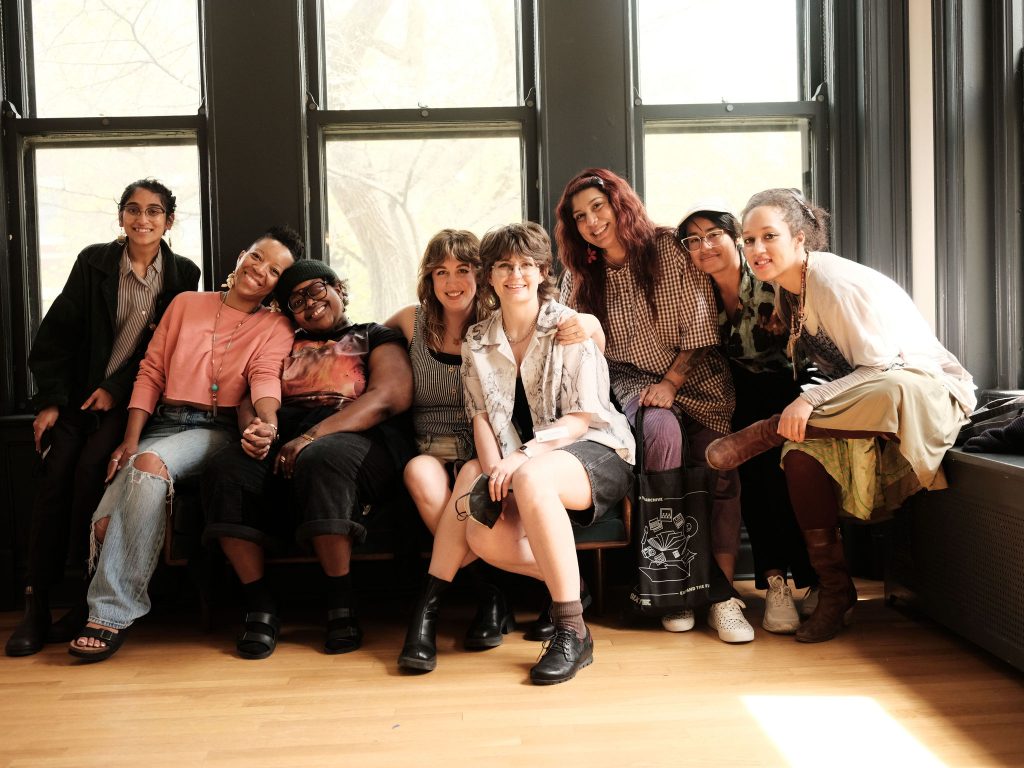
Arts writing inherently defies classification. It exists between and beyond journalism, literary, and academic writing. It encompasses ekphrasis and personal essay and archiving. Often, the fluidity and expressiveness of arts writing makes it difficult to categorize and therefore difficult to fund. As traditional newsrooms are cutting their arts and culture coverage and academic institutions are being defunded, art writing will play a central role in filling the gaps.
In the words of Sixty‘s founder, Tempest Hazel: “There’s a lack of appreciation for the work that we do until we’re in crisis.”
It was made evident by everyone who co-created this intimate gathering that the Midwest is incredibly creative, resourceful, and talent-rich. As more rural communities face an increasingly hostile political and social environment, having critically engaged arts writing opens a portal for archiving and amplifying the overlooked cultures within these regions.
Together, the group began strategizing and ideating around a regional network that centers the needs and experiences of indigenous, diasporic, queer, trans, and disabled creatives. The resources and support needed for coalition-building and more sustainability in the arts were vast but certainly not impossible.
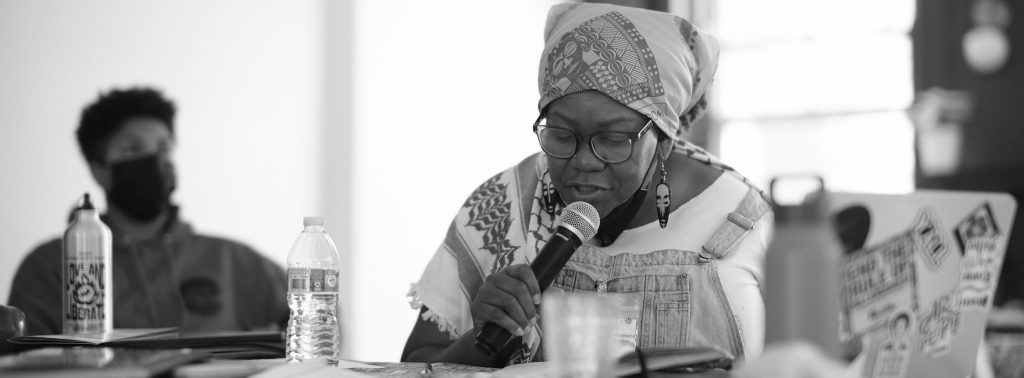
“We need to be explicitly radical,” said Treasure Shields Redmond, a poet, performer, and educator based in East St. Louis.
The origins of the word radical mean “root.” Being radical isn’t about a superficial, surface-level performance but an ancient, grounded way of orienting to the present moment. It necessitates creating conditions for safety for the most vulnerable and stretching our capacity to take risks and resist, even in the smallest ways.
National and local arts and culture institutions have been quick to “pre-consent,” as one participant described it, to the federal backlash against diversity, equity, and inclusion. Much of this compliance, and the ethical compromises that come with it, are fueled by a desire to maintain federal grant funding.
“Grant funding is notoriously unsustainable and that’s how the art world works,” said Livy Snyder, an editor and arts writer at Sixty.
The Midwest arts ecosystem relies heavily on local, regional, and national grant funding. The seasonality and restrictions that come with grant funding have always limited an organization’s ability to offer consistent compensation or control how funds are used. Now the few resources that support minoritized creatives are being aggressively defunded.
Prior to the start of the second Trump administration, arts writing and production was already relying on the low wage work of freelance writers. Throughout the convening, writers consistently spoke to the amount of time and research that goes into creating art writing that honors its subject.
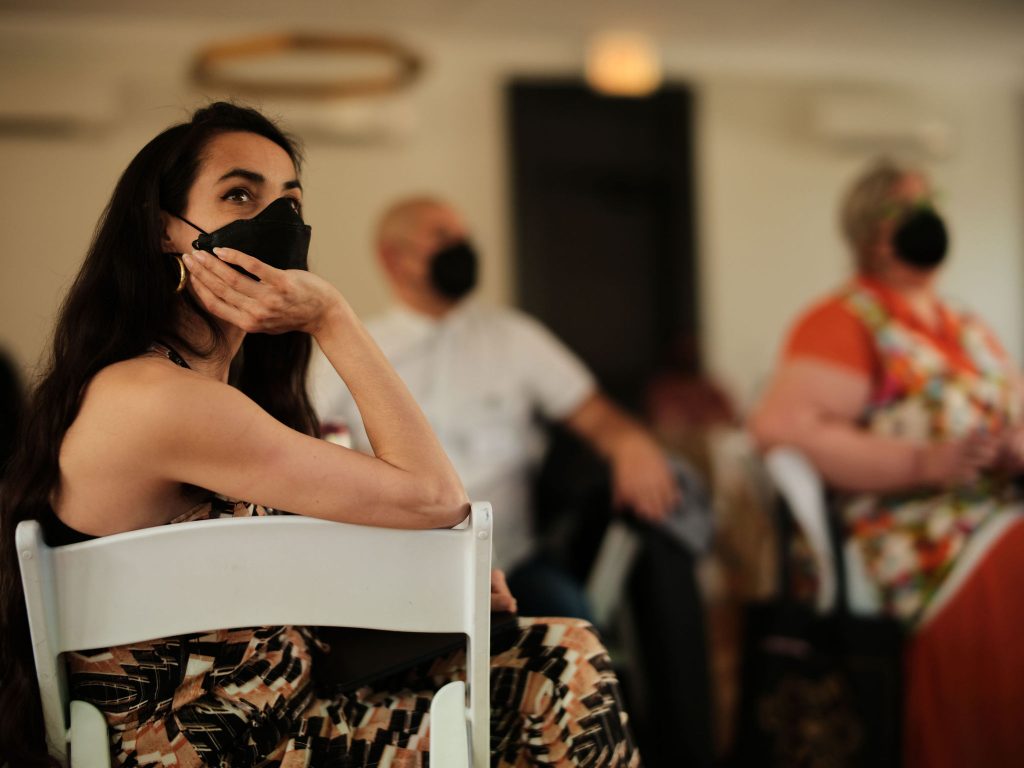
“The people asking us to write these stories rarely understand what it means to think alongside these projects,” said Camille Bacon, Editor-in-Chief of Jupiter Magazine. Writers are expected to bring the rigor of academic research, but are only being paid for the final product—not the extensive process it takes to create.
Admissions tickets to exhibitions and access to online research databases are often the responsibility of writers to pay for using their already meager, taxed stipends. Opportunities for arts writers to work outside of a stipend model in more consistent full-time or part-time positions has dwindled significantly over the years as the publishing industry continues to shrink, with many publications shuttering.
During the panel “After the Sun Sets: Lifespan of Arts Publications,” publishers from sunsetted prints spoke about the challenges of sustaining publications and paying writers well. While there was a shared understanding that creating an analog newspaper or magazine is essential to honor the objecthood of writing, larger questions were raised about their sustainability.
Stephanie Manriquez of Lumpen Radio and Contratiempo magazine, reframed publication as “a celebration.” By allowing for a flexible production schedule that aligns with a largely volunteer team, there’s less overwhelm and contrived pressure when telling community stories.
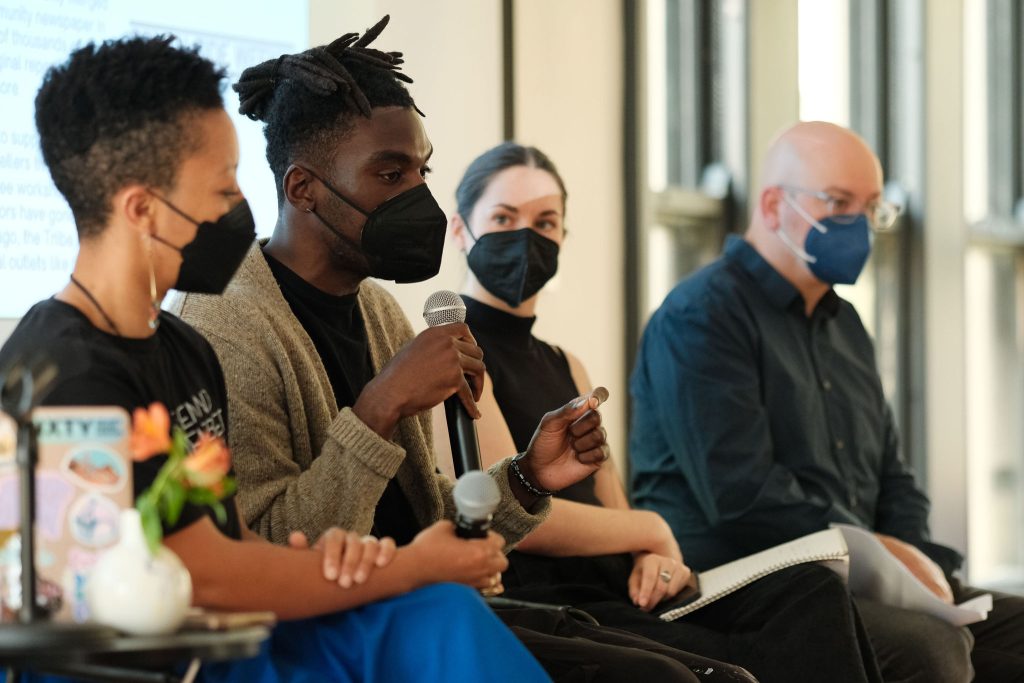
Similarly, conversations around audience engagement illuminated the importance of making arts writing accessible to the “art curious”— widening the audience of people who feel represented by and invested in arts writing. Arts leaders from hyperlocal and rural publications spoke to the benefit of offering community members opportunities to tell their own stories and cultivate more pride in the places they come from.
On a panel discussing bilingual publishing, the importance of accessibility in arts writing was a central theme. Panestilst spoke about embracing writing in the first person and the use of spanglish or other vernacular speech as a way to honor community voice.
Christina Fernandez-Morrow, editor-in-chief at Hola America, shared similar thoughts around the importance of giving latino community members in the Midwest “the confidence to write about what they love and what they know.”
The need for experimentation and collaboration stood out as the key takeaway from the convening. Individuals from all parts of the Midwest with various roles in the arts industry agreed that new ways of working together would be necessary to survive this season of disinvestment, censorship, and erasure.
People shared non-traditional funding models that have worked for them on a small scale including incentivised subscriptions or memberships, designing and selling merchandise, and leasing platforms and tools to organizations in adjacent industries. The benefit of cross-publishing work was also elevated as a way to double the budget for a story or project and therefore pay more writers or increase the wages of contributors.
Many arts administrators spoke to the power of grassroots investment in arts publications and initiatives as the driving force to their success—not the precarity of philanthropic dollars.
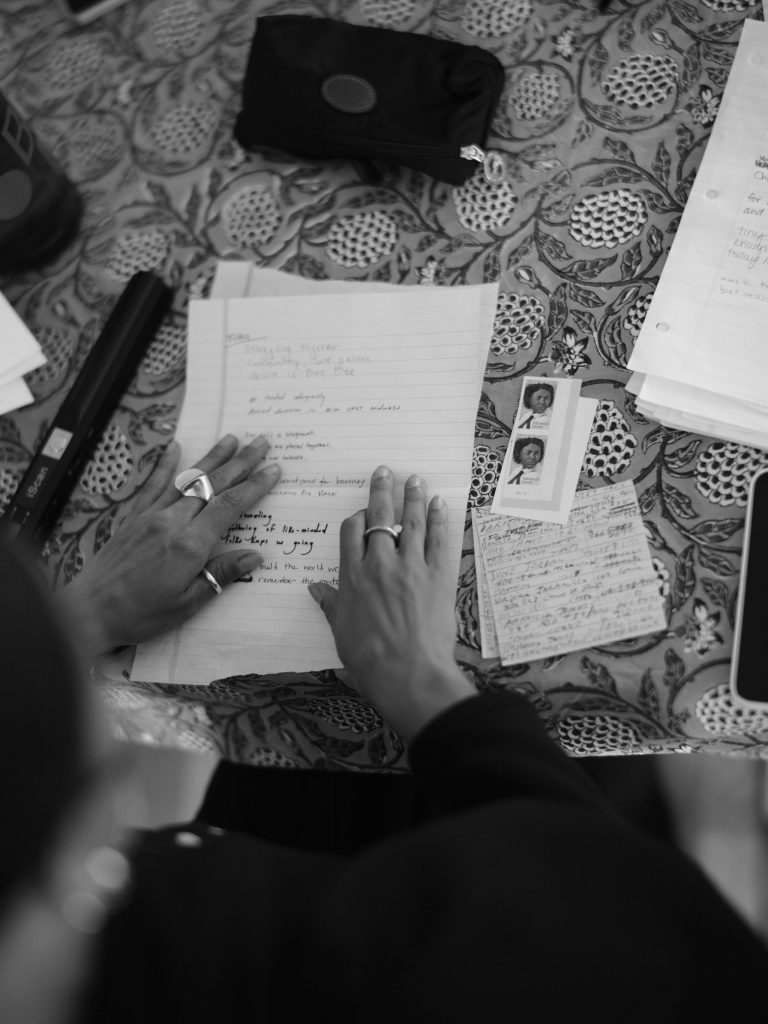
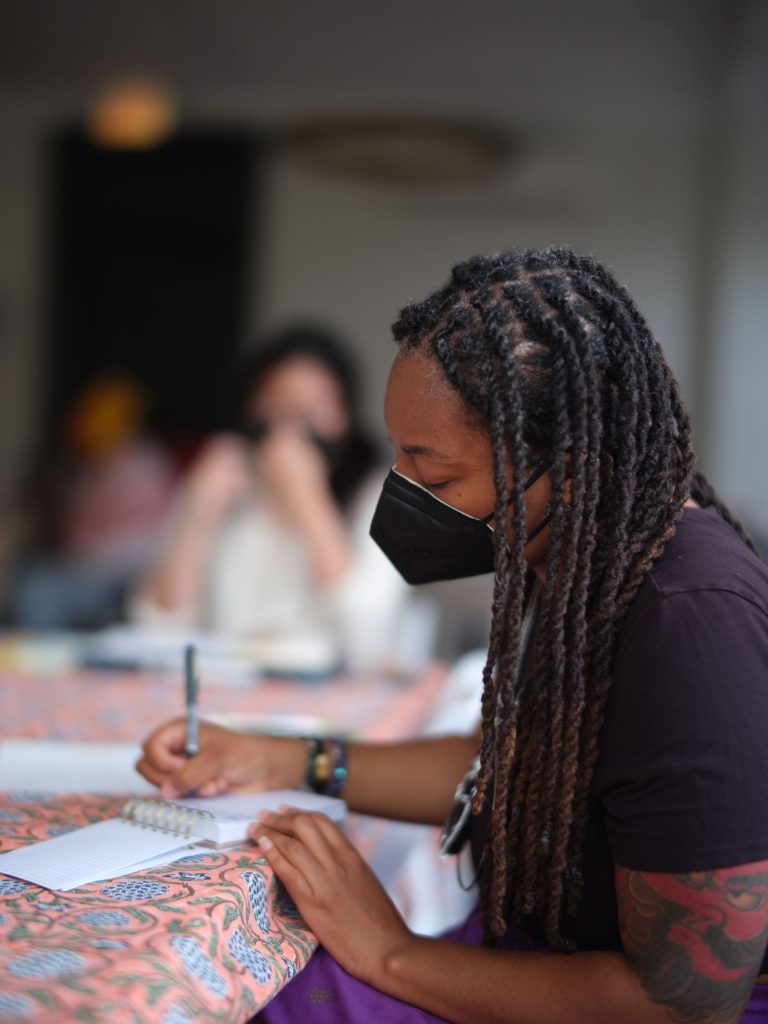
On the second day of the Convening, as participants finished their bagels and sipped on their cups of coffee, the group discussed solutions to community needs and challenges. Jen Torwudzo-Stroh, an art critic and curator, posed a unique idea: the creation of an Arts Writers Award. The idea solicited smiles and affirmations—as creatives hustling to tell the stories of our culture, validation and celebration are necessary to remember that what we do matters.
“It’s interesting trying to remain a creative—[the work] requires a dreamspace and a rest,” said Felicia Holman, a Chicago Critics Table cohort member, who introduced hula hooping to the group on the second day of the Convening. Joy and playfulness were woven through the group’s time together with participants collaging and playing with polaroid cameras.
Just as creativity is organic and takes nurturing and rest, so do the institutions we seek to co-create. Even as publications shutter and funds shift, arts writers in the Midwest are asking: What needs to be born in this moment? What can be created?
To give life to something new necessitates we also be filled with life, witnessed, and valued.
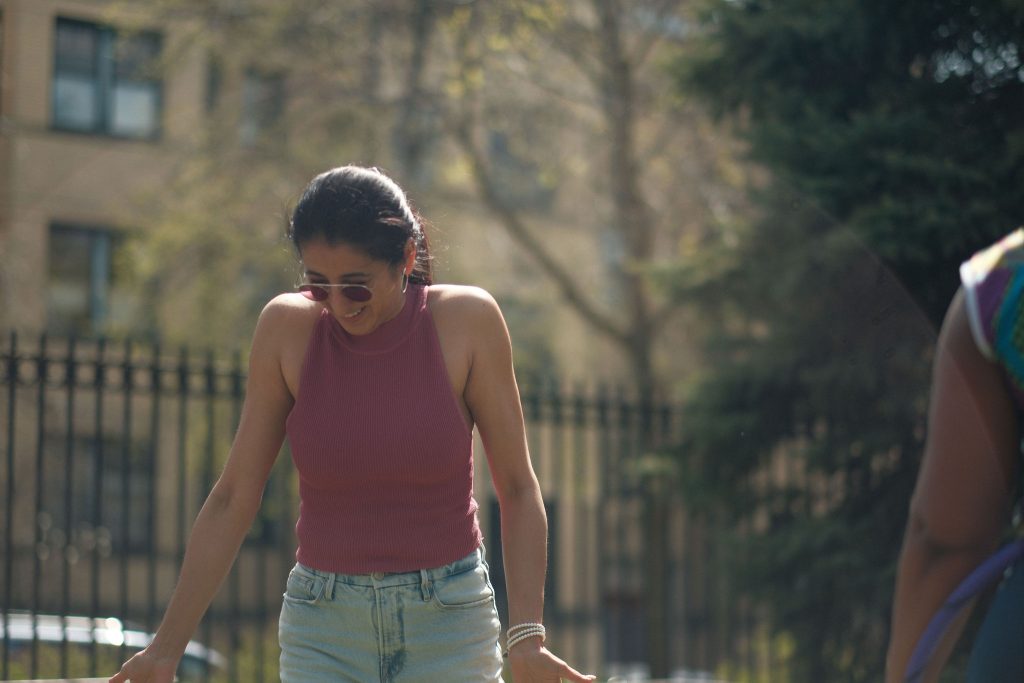
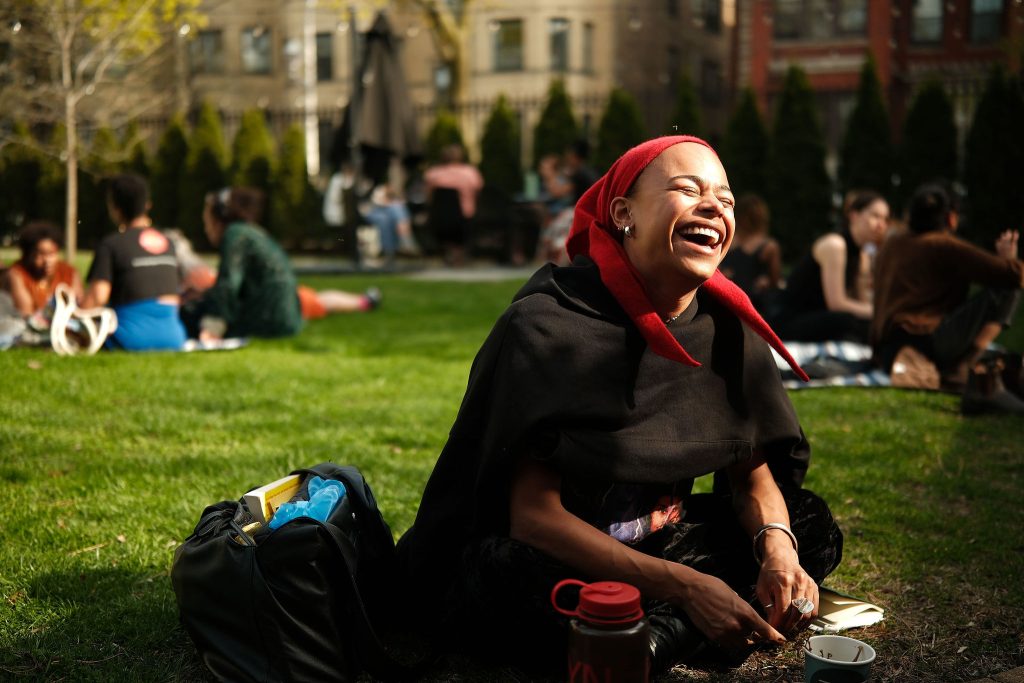
By moving with intention, together the Midwest has an opportunity to heal from the collective burnout that’s come with navigating the demands and constraints of grant funders and create something that centers holistic relationships. The conversations in April were the beginning of a push to move from a circumstantial, geographic affinity to a strategic, values-aligned coalition shepherding arts writing into a new era—one with the capacity to witness and respond to the present moment and remain agile enough to evolve into the future.
As we trickled out on the final day, slow to say goodbye to each other, I watched as the strings of connection seemed to stretch out from that sunny, spring lawn, into the city, throughout the region and beyond.
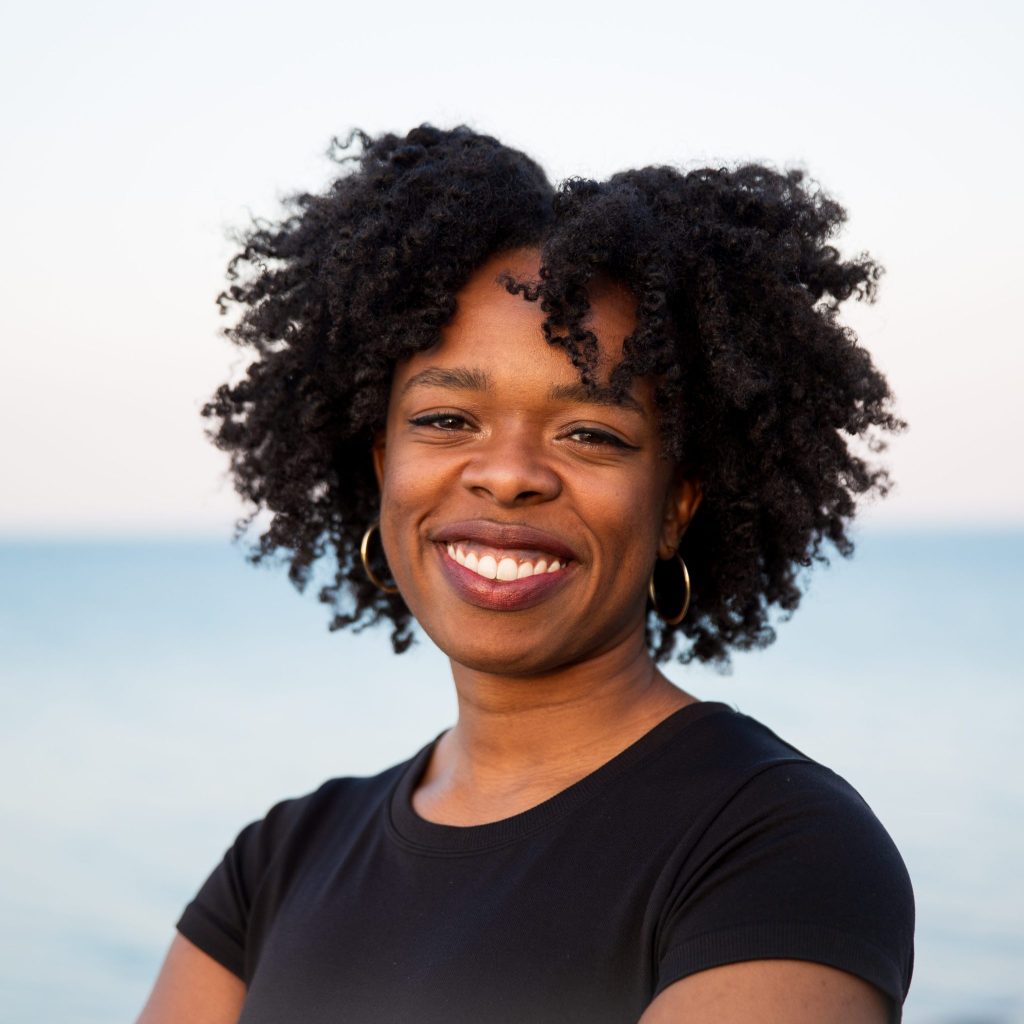
About the author: Jasmine Barnes (she/her) is a multidisciplinary writer, facilitator, and community builder based on Potawatami land on the South Side of Chicago. Her writing explores culture and identity from a place of intentional witnessing and curiosity. Jasmine’s work has been published in South Side Weekly, Sixty Inches From Center, Lucky Jefferson and City Bureau.
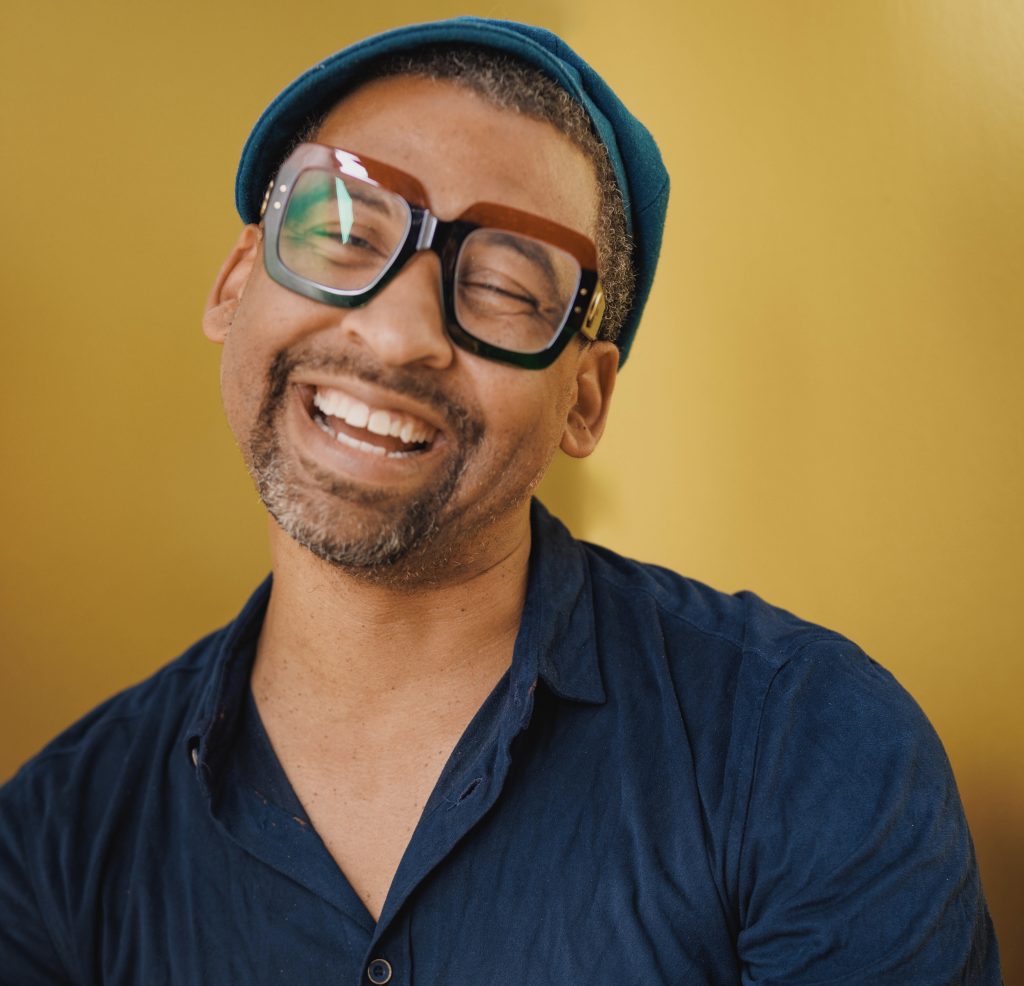
About the photographer: Seed Lynn hears the vulnerable story as the courageous one, without shame or stigma, without argument or doubt. Using custom, culture, craft, and theory, Lynn’s artistic practice situates, not just voicing this courage, but our capacity to hear it, as a metric of personal and community health. Lynn’s proposal: Let’s tell the stories we must tell to be well. As a culture worker, memorist, documenter of Black reality & divinity, Lynn’s images surface worlds threatened most by oppression. His most intimate studies concern how we witness ourselves, how that memory is imaged, and how remembrance itself, in the face of oppression, is as radical an act as it is a work of art.
